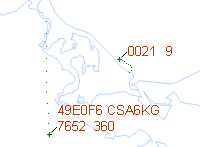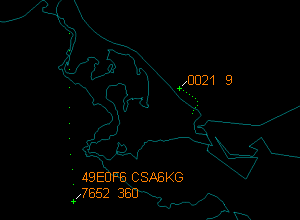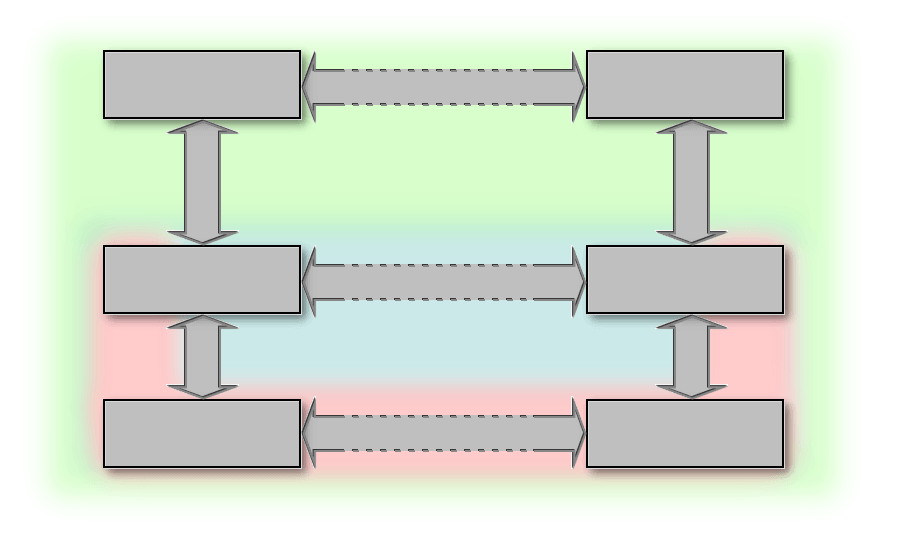Why Mode S?

Figure 1: Reply of a Mode-S-transponder (the bottom one target) and a Mark-X reply

Figure 1: Reply of a Mode-S-transponder (the bottom one target) and a Mark-X reply
Why Mode S?
In the current SSR system, aircraft are identified using a Mode A code that is dynamically assigned by the ground system and selected by the pilot. As the aircraft progresses through its flight, the Mode A code can be changed and it is normal for different ground service providers to assign different codes to the same flight. There are only 4096 Mode A codes available and, as traffic levels increase, it is becoming increasingly difficult to assign unique codes within a given region of airspace. Obviously, if it is not possible to assign a unique code, there is a danger that a controller and the ground system will have to deal with two aircraft with the same identity, with associated safety risks.

Figure 2: Mode S - Functional Hierarchie

Figure 2: Mode S - Functional Hierarchie

Figure 2: Mode S - Functional Hierarchie
Mode S is:
- Selective Unique Interrogation (The S in Mode S = Select) providing an individual address capability (24-bit addresses are allocated to every airframe by their registering authority).
- Increase in data integrity by the use of a parity check mechanism.
- Coding of altitude data in 25-foot increments (till now: 100-foot).
Mode S supports two types of communication services (Mode S Subnetwork)
- Mode S Specific Services: particular features of the Mode S link
- Switched Virtual Circuit (SVC) services enabling the Mode S Subnetwork to be incorporated into the Aeronautical Telecommunication Network (ATN)
The Mode S SYSTEM is a part of the overall Mode S architecture defined in the graphic in the right. In simple terms, this can be defined as the basic protocols that support the detailed communication between the airborne transponder and ground interrogator pair.
Mode S Specific Service Protocols (MSSPs) do not require that the full ATN is available and external distribution of MSSP information may take place through a separate Specific Services Entity (SSE) Interface. Local functions can be developed to allow the interfacing of applications to the Mode S link.
The standard for each of the three distinct parts of this material is defined in different parts of the ICAO standards (Annex 10 Volume III Chapter 9, from Appendment 71 onwards).
The ICAO state that:
„The SSR Mode S address shall be one of 16,777,214 twenty-four-bit aircraft addresses allocated by ICAO or the state of Registry or common mark registering authority.”
Each authority has its own unique header code block which must be used as the initial bits of the 24-bit address. The authority is then responsible for allocating addresses from its own sequence to aircraft that it registers. (A table with an allocation of 24-Bit aircraft addresses to states You'll find there.)
Different states have different numbers of available codes to allocate e.g. Germany has 262,144 available to allocate and Austria has 32,768 codes and the United Kingdom have 262,144 codes and the USA have 1,048,576 codes.
The first bits are the header block, e.g. 9-bits code used by French registered aircraft and 15-bits code unique to French registered aircraft: 0011 - 10 - xxx xxx xx xxxxxxxxxx
